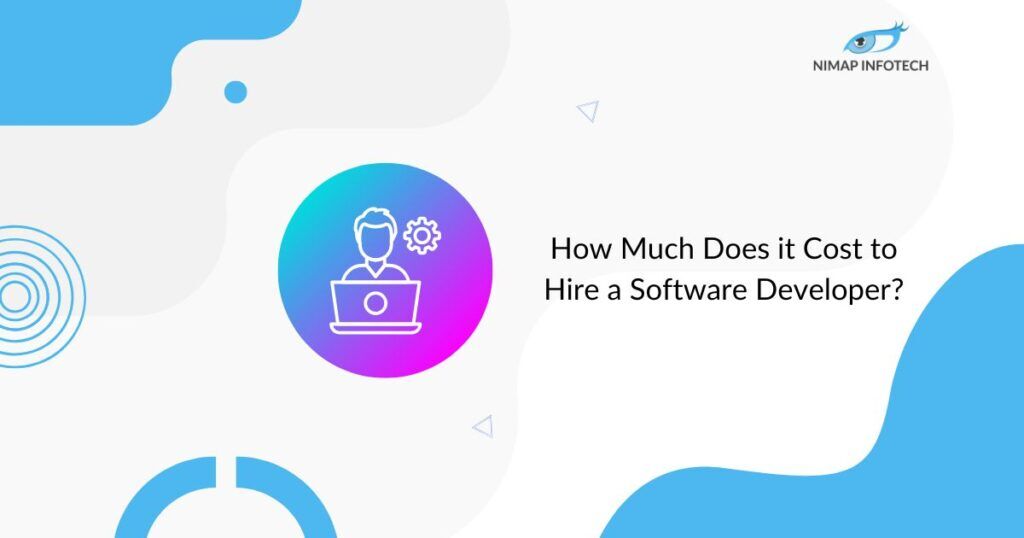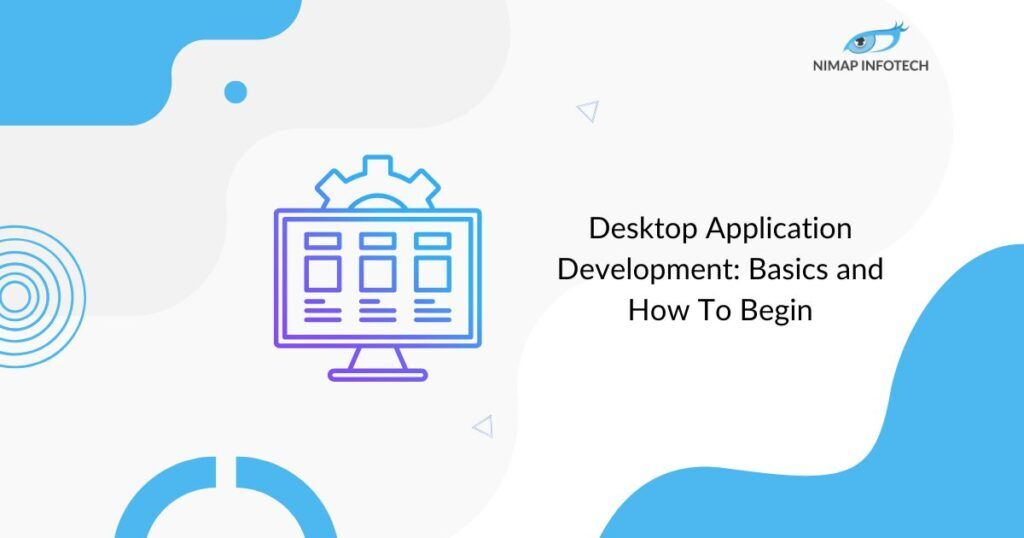With its innovative features applicable to a variety of fields, it not only benefits current applications, support, and maintenance services but also plays a significant role in promoting future trends in technology. This gives businesses worldwide the chance to achieve long-term competitive advantage. Users may improve their development process, provide sustainable web application solutions, and enhance user interactions across all projects using this flexible JavaScript framework.
This article will delve into the key trends in ReactJS web development for 2024. Trends in React.js will significantly impact developers, influencing their work and keeping them at the forefront of technology. Explore the future of this adaptable library.
Table of Contents
ToggleHow Did ReactJS Change Over Time?
Facebook introduced ReactJs in 2013. It’s a JavaScript package that helps with user interface design. Facebook engineers created ReactJS in the early stages to test for problems, restricting access to employees only. ReactJs revolutionized JavaScript development by simplifying tasks and gaining widespread popularity among the general public.
Why is ReactJS Gaining Popularity?
Developers may design user interfaces for web and mobile applications with the help of Facebook’s JavaScript toolkit React.js. Being a component-based library, developers may use it to create intricate user interfaces by joining different components. With its scalability and ease of use, React has been the go-to option for many web development projects, and its popularity has skyrocketed in recent years. React offers developers the ease of creating engaging user experiences with little coding work thanks to its virtual DOM features, component reusability, and efficient data binding, for developers wishing to swiftly and simply expand the functionality of their applications.
Reasons Why ReactJS is the Best Choice for the Web Development Process –
Enhanced User Interface:
- The success of the project will depend on the development services provided by React JS.
- The main emphasis lies in creating visually appealing designs for user interfaces, to create engaging user experiences that maximize user engagement and fulfillment.
- Modern libraries like Material-UI, Ant Design, Framer Motion, and React Spring can be integrated into existing web applications or fully developed using the React JS platform.
Also Read: What Are the Key Benefits of Reactjs Development?
Reusable Components:
- ReactJS reusable components have several advantages.
- Through this developers can create reusable user interface components that can be utilized in many parts of an application.
- Like to cut down inefficiencies and speed up development and maintenance.
Excellent Performance:
- React JS is distinguished for its outstanding performance as it uses virtual DOM, a replica that aids in decreasing the number of changes produced in the real DOM whenever there is a change in the user interface.
- This model enhances efficiency and accelerates performance.
- React JS’s component-based architecture enhances modularity, simplifies testing and debugging procedures, and improves code quality and reusability by breaking down components into reusable ones.
Community Support:
- React.JS is well-known for its vibrant community, numerous projects, and dependable support system.
- This active group provides a vast array of resources to various developers worldwide.
- These consist of guides, documentation, online courses, discussion boards, and libraries that are beneficial to members of development teams as well.
SEO-friendly Applications:
- ReactJS use for web development services is becoming more crucial in this digital age.
- Mobile apps can be made more visible on search engines by using the technology’s features, which include server-side routing, proper routing, and react helmets. These features can also help with metadata optimization.
- Better visibility makes apps more accessible to users, which propels business expansion.
- Remove yourself from the improvement of the application of structured data.
- Overall responsiveness is also developed with React JS.
- The option is highly beneficial for enhancing an online presence and is an appealing choice.
- Creating applications that are optimized for search engines has become simpler with these features.
Future-proof Technology:
- ReactJS provides a wide range of open-source libraries, reusable components, third-party tools, and frameworks as a significant advantage.
- The project’s success is attributed to the substantial community support, which keeps it updated and allows us to fully benefit from our long-term skill acquisition investments.
- Beyond being a useful tool today, React JS is also a great technological choice due to its resistance to the future.
- Facebook continuously updates and enhances the React.js framework to stay abreast of the rapidly changing tech industry trends.
Cross-platform Development:
- React Native is a key component of the React.js web development services, which gives users access to native mobile applications for the iOS, Android, and Windows platforms.
- These applications feature fluid performance, eye-catching user interfaces, and easy integration with device features.
- ReactJS excels in generating superior cross-platform mobile and web applications, offering developers a comprehensive solution for project excellence.
Emerging ReactJS Trends for 2024 –
New releases, additions, and developments in React.js development occur continuously. Some trends to watch out for in ReactJS web development going forward are as follows:
Serverless Architecture:
- Serverless architecture is growing rapidly as it provides an affordable and scalable method of developing apps.
- Without worrying about server infrastructure developers can create, develop, and run applications quickly at a lesser cost.
React Native:
- A well-liked open-source framework for creating mobile apps, React Native is built on React.js.
- It enables programmers to create native apps for the iOS and Android operating systems from a single codebase.
- The increasing demand for mobile apps is driving developers to rapidly adopt React Native.
Functional Programming:
- Functional programming continues to gain popularity in the Reactjs development community as it is a simpler and more efficient way to write code.
- Making code clean and simple can significantly reduce errors and enhance the overall performance of the application.
Redux:
- It is a popular well-liked library for React applications handling state.
- It provides components with a single state management storage facility that enables sharing of data.
Augmented Reality (AR) and Virtual Reality (VR) with React:
- The growing interest in augmented reality and virtual reality apps expects React.js to play a significant role in this field.
- Improved assistance is on the way for developers to create realistic user interfaces and experiences.
- It may be possible to improve React 360, a framework for creating VR applications, such that developers can more easily create engaging AR and VR applications using well-known React principles.
Enhanced Developer Tools:
- In 2024, React continues its dedication to enhancing developer tools, prioritizing improvements for an even better user experience.
- The improved tools make debugging and profiling much easier, assisting developers in quickly locating and addressing performance bottlenecks.
- Developers could reduce debugging times with these enhanced insights, which will result in quicker development cycles and better-optimized applications.
Machine Learning:
- Developers combine React.js programming and machine learning to create intelligent and customized applications.
- It enables programmers to design apps that can pick up on user behaviour and adjust accordingly, resulting in an improved user experience.
Micro FrontEnds Architecture:
- In 2024, expect accelerated adoption of micro frontends in React.js, applying microservices principles to the front end.
- This trend entails dividing huge frontend monolithic apps into smaller, independent components that are easier to manage.
- This method makes updates and maintenance easier, increases team autonomy, and improves scalability.
Real-time Features with React:
- Real-time functionalities including notifications, live updates, and collaborative editing are in high demand.
- React.js will likely be able to handle real-time functionality better by 2024.
- The trend facilitates developers in crafting apps that furnish real-time, dynamic information, thereby amplifying user engagement and enhancing the overall user experience.
Read More: 5 Web Development Trends in 2024: Startup Know-How
React JS stands out for cross-platform capabilities, PWAs, enhanced concurrent mode, user-friendly learning curve, and code reusability in app development. By leveraging scalability, businesses can cut costs, tap into a global labour pool, and enhance application speed and performance.
Hiring a well-known ReactJS Development Services provider is necessary if you want to get the most out of this technology. Nimap Infotech has developed ReactJS web app solutions over the years. We can create any complicated and unique web app solution thanks to our staff of talented ReactJS developers. To hire ReactJS developers send us your requirements at enquiry@nimapinfotech.com
Author
-

Sagar Nagda is the Founder and Owner of Nimap Infotech, a leading IT outsourcing and project management company specializing in web and mobile app development. With an MBA from Bocconi University, Italy, and a Digital Marketing specialization from UCLA, Sagar blends business acumen with digital expertise. He has organically scaled Nimap Infotech, serving 500+ clients with over 1200 projects delivered.
View all posts








